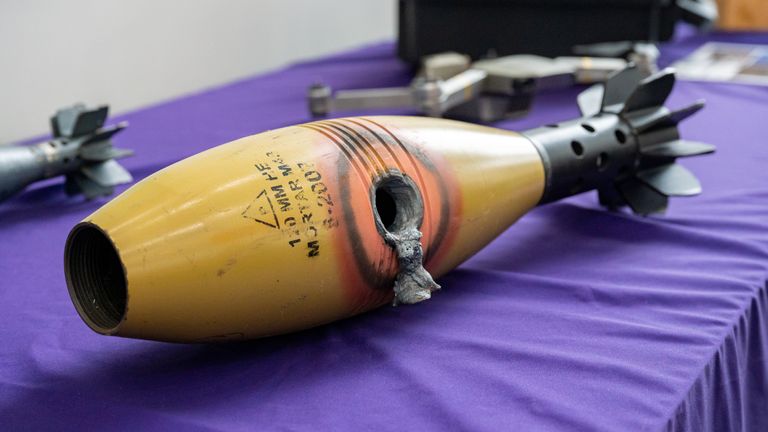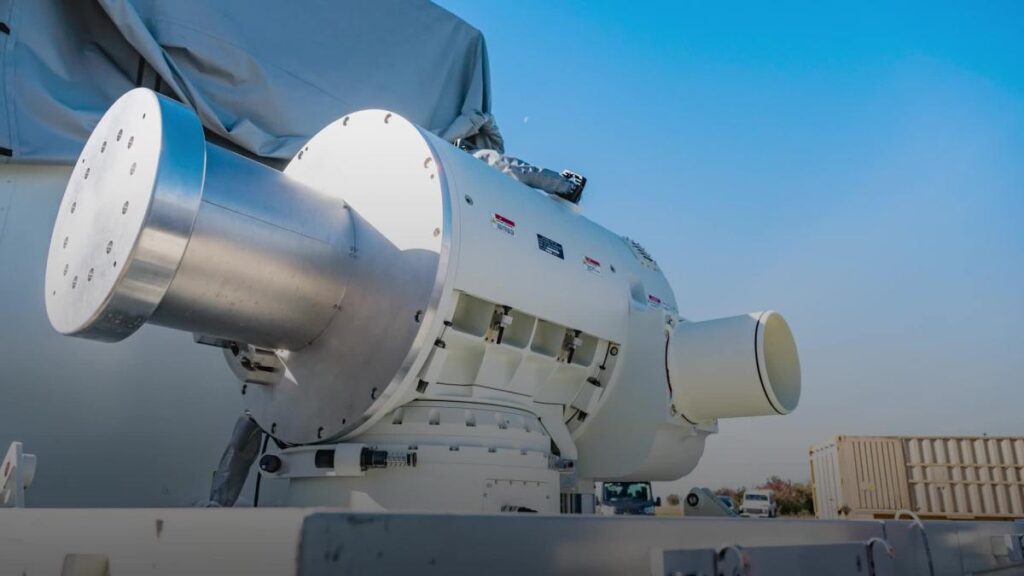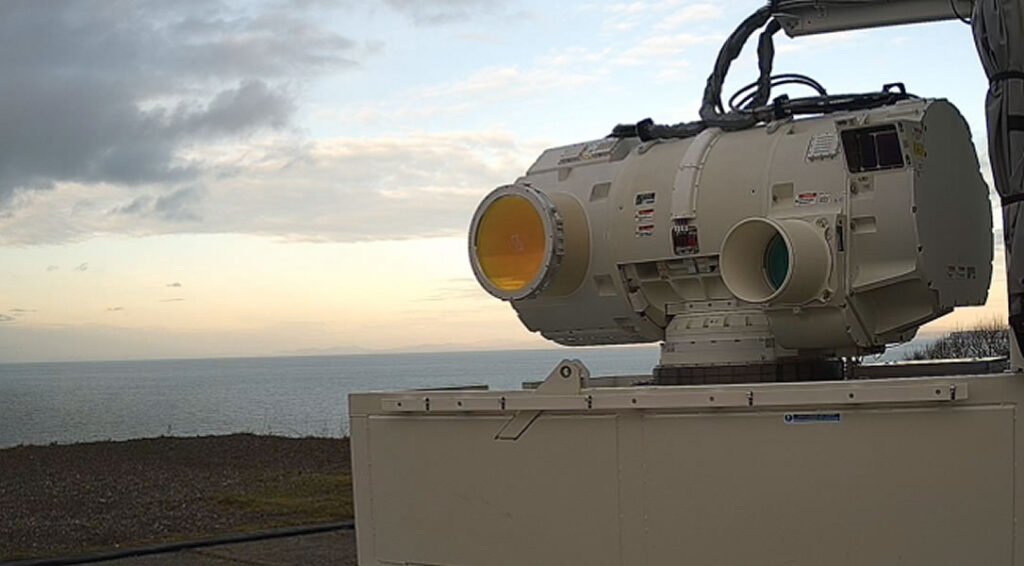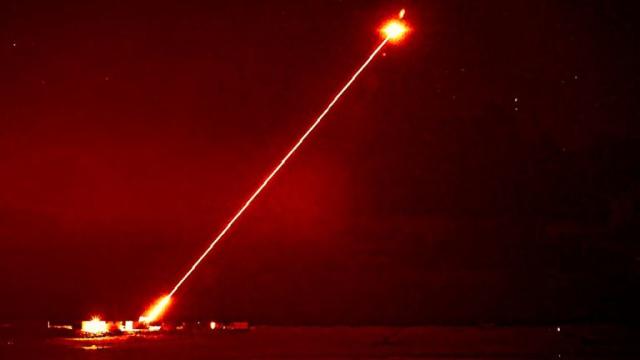In the ongoing conflict between Ukraine and Russia, the battleground is not just on land, but also in the skies. As tensions escalate, the United Kingdom is eyeing a new weapon in its arsenal: DragonFire, a high-power laser system designed to neutralize aerial threats, particularly drones. The prospect of deploying this cutting-edge technology to aid Ukraine in its defense against Russian drones has sparked both interest and debate.
The UK’s Defense Secretary, Grant Shapps, recently announced plans to potentially expedite the deployment of DragonFire to Ukraine. Shapps emphasized the significant impact such a weapon could have on the conflict in Europe, citing its successful trial conducted earlier this year. Originally slated for operational readiness by 2032, the UK government aims to accelerate production, potentially making DragonFire available as early as 2027.
The DragonFire weapon represents a paradigm shift in military technology, harnessing the power of directed energy to precisely target and eliminate threats. Its successful test against an aerial target in January marked a pivotal moment in the development of laser-directed energy weapons (LDEWs). With the ability to hit a target as small as a £1 coin from a kilometer away, DragonFire offers a cost-effective alternative to traditional missile systems.
One of the key advantages of laser weaponry lies in its cost efficiency and virtually unlimited ammunition, contingent upon a reliable power source. However, its effectiveness is limited to line-of-sight engagements, unlike conventional missiles which can engage targets beyond the direct line of sight. Despite these limitations, the potential for DragonFire to disrupt enemy drone operations is considerable.
While the UK’s ambition to deploy laser technology by 2027 is commendable, questions remain about its practicality in the context of the Ukraine conflict. The immediate needs of Ukraine for mobile air defense systems, proven in battle, may necessitate alternative solutions. Moreover, the reliance of laser systems on a stable power source raises logistical challenges in environments prone to disruption, such as regions targeted by cyberattacks.
LDEWs represent a new frontier in modern warfare, offering rapid engagement capabilities and reduced operational costs compared to traditional missile systems. The Ministry of Defence estimates that the operating expense of firing DragonFire is typically less than £10 per shot, making it an attractive option for resource-conscious militaries. However, the full potential of laser technology in combat scenarios has yet to be realized, with further development and testing required to assess its effectiveness in real-world situations.
As the UK moves forward with the development of DragonFire and other advanced weaponry, the geopolitical landscape of conflict zones like Ukraine continues to evolve. While the deployment of laser systems offers a glimpse into the future of warfare, pragmatic considerations must be weighed against the urgency of addressing immediate security threats. The prospect of UK lasers aiding Ukrainian forces against Russian drones underscores the complexities of modern warfare and the constant pursuit of technological superiority on the battlefield.





